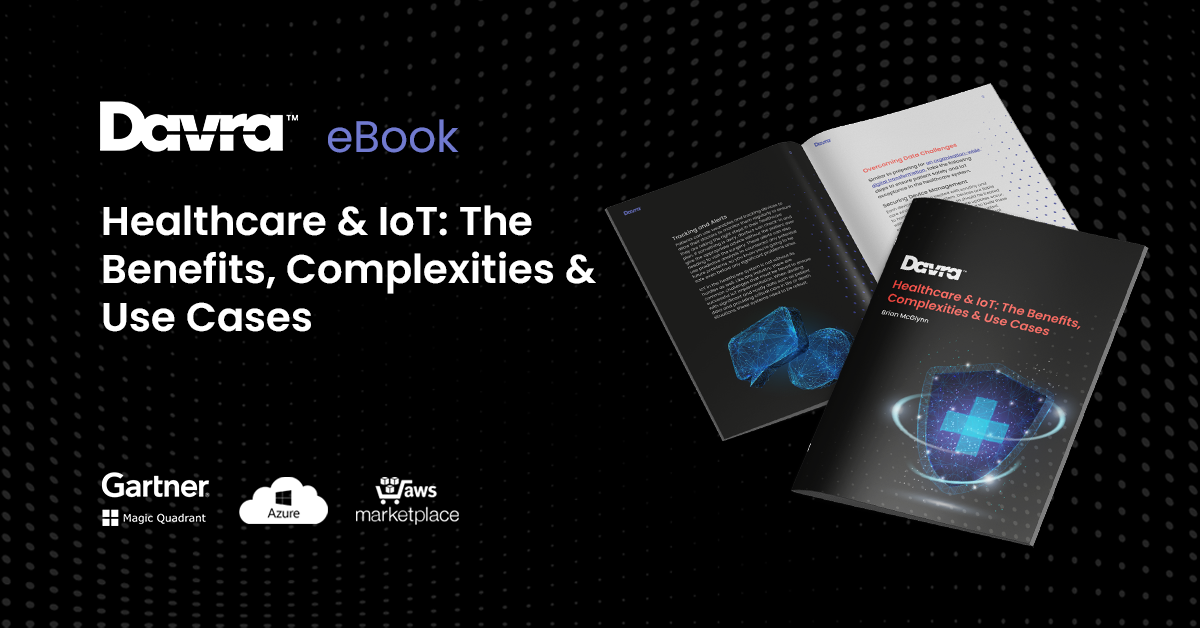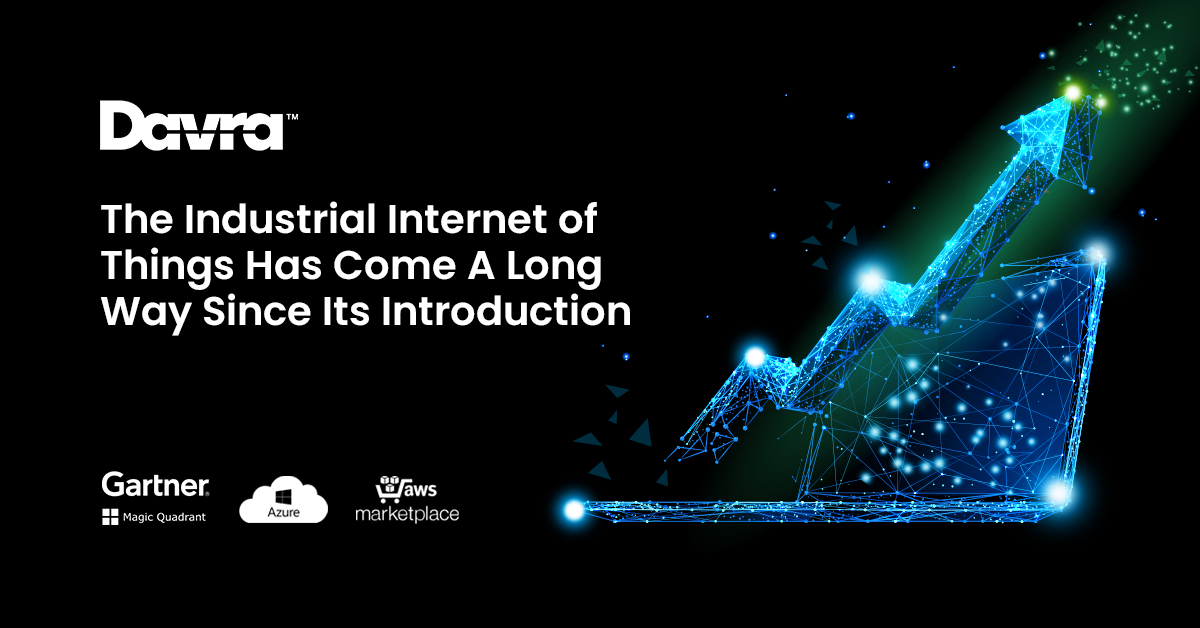IoT in Healthcare Use Cases eBook
Download Your Free IoT in Healthcare Use Cases eBook
Read More


The Industrial Internet of Things may have started back in 2002 with the introduction of cloud computing, but it has come a long way since then. In fact, the industry as a whole has come to market at approximately 264.22 billion USD and is expected to reach 751.3 billion USD by 2023. It is growing at a CAGR of 17.62% to 23.88% from 2017 to 2023. So I guess you could say it’s doing ok by the looks of things! Infrastructural advancements in cloud computing, wireless technologies, sensor technologies, as well as the latest IPv6 all allow for better Industrial IoT capabilities and improve ease of its adoption.
Industry IoT spans a multitude of industries, from manufacturing, mining, oil and gas, to durable physical goods such as organisations that operate hospitals and port facilities, to transportation, healthcare and logistics services. IIoT involves focusing on machine-2-machine (M2M) communication, machine learning and big data, which enables all of these industries and organisations to have increased reliability and efficiency in their day to day operations. Within these organisations, the IIoT then spans robotics, medical devices and software-run production processes.
It’s difficult to grasp just how large the IIoT market share is, as it’s composed of so many different vendors and individual industries. The Industrial Internet Consortium have established a framework and architecture to provide clarity and coherence in understanding how the IIoT works and should be set up, therefore enabling granularity between the different IIoT components.
There have been numerous reports carried out on how to figure out the IIoT market share and what companies make up this share, due to its sheer size and complexity. With the current COVID-19 global pandemic, the industry has been shaken up due to new organisational needs and processes, which have further driven a deeper need for connectivity and faster systems management. IIoT is being implemented across multiple areas, from government projects to manufacturing processes such as VRM Tech, the building and energy management platform and the San Diego Metropolitan Transit System using an open platform.
The benefits of using a live, data-driven platform to make better business decisions, speed up processes and spot live errors are now being seen across the board and with government initiatives coming to the fore, it is easier for the various industries to implement these changes. With the cloud computing advancements, further pushes for automation within manufacturing, government authorisation and standardisations being developed, organisations are now keen to take on these encompassing technologies.
In order to assess the Industrial IoT market share, reports have been divided up into the different components of the IIoT architecture, and are then broken down further into their constituent parts. As well as components, reports look at how IIoT is deployed, how the ecosystem is connected and who are the end users.
On the component level, the IIoT market is broken down into hardware, software and services. The software applications collect data, integrate the devices, allow for real-time analytics and cater to application processes and extensions within the Industrial IoT network. Hardware is driving Industry 4.0 through embedded computers, M2M communication modules, barcode scanners, sensors and RFID, camera systems and many more physical parts that can make up an industrial environment. Falling into that category is industrial robotics, which is forecasted to grow at a CAGR of 26.2%.
In order to deploy these vast systems, they are broken down into on-cloud, whereby the whole system runs and is controlled just through the cloud, then on premise, or hybrid, which is a mix of running both on the cloud and on premise. Depending on the type of data being uploaded to the cloud, companies are wary of how much they leave to the cloud, so the hybrid model where companies can control certain aspects of the data management from their premises suits their needs best.
Another major aspect of IIoT is of course connectivity. Depending on the manufacturing environment, a wired and reliable connection might better suit the organisation. But if there is a lot of mobility and portability with devices and processes, then a wireless connection would possibly fit the solution. The advent of Industry 4.0 and 5G makes internet connections even more stable and reliable, and wireless connectivity is expected to grow to allow these high-powered, data-intensive machines to continue functioning in this IIoT age.
Due to the increasing adoption of cloud computing in industry, IoT is proving it’s worth and is continuing to grow due to larger companies establishing themselves through automation and industrialisation. But with COVID-19 impacting the world economy, we could see a shift in how healthcare companies undertake new measures using IIoT to combat the virus.
In Amsterdam, they are mapping the city using Industrial IoT methods to highlight what areas are finding it difficult to implement social distancing measures due to the size of the streets and footpaths. People can check this map to ensure they are avoiding, or minimising their exposure and taking different routes.
Gartner carries out research every year on the world’s leading Industrial IoT vendors and then publishes the results in the form of a Magic Quadrant. They detail the strengths and weaknesses of 16 industry-leading IIoT platform vendors, of which Davra is the leading the “true born for IoT” place. Keeping track of these notable companies can help researchers predict what advancements are coming for IIoT in the future.
In a previous blog post, we spoke about how IoT and smart wearables are combatting the COVID-19 pandemic. From hospitals to governments tackling and clamping down on lengthy and cumbersome processes, it’s only a matter of time before IIoT is rolled out across organisations of all sizes too to boost productivity and react to difficult situations right away. Here at Davra we would love to chat to you about how the implementation of the IIoT can help your business, get in touch today.
Brian McGlynn, Davra, COO
Download Your Free IoT in Healthcare Use Cases eBook

Davra IoT is the only Industrial IoT Platform Available on AWS Marketplace
Read MoreThe Collaboration of Humans & Robots Has Created The Cobot
Read More